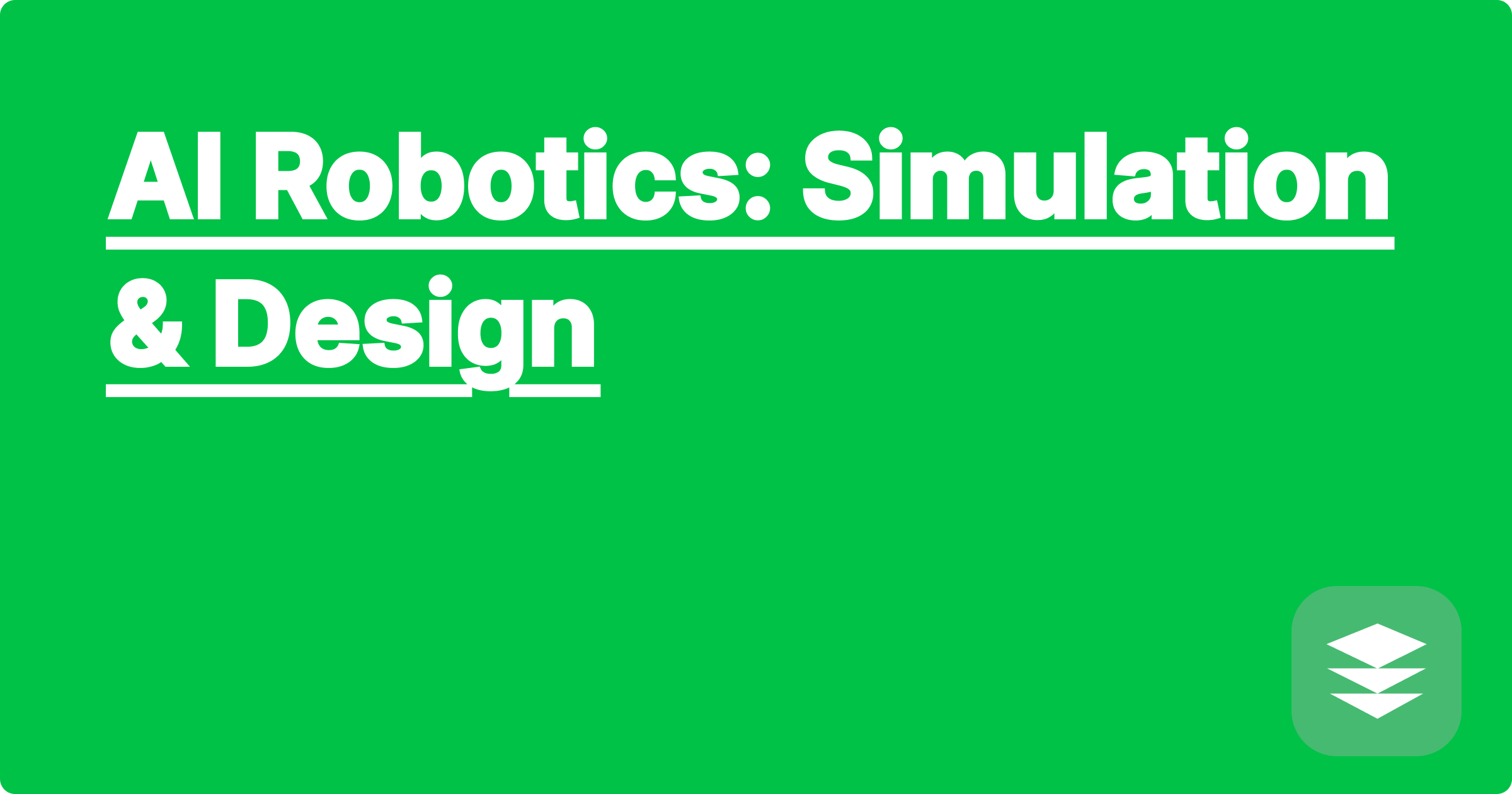
The design and simulation of robotic systems present a significant challenge in STEM fields. Developing complex robots requires expertise in diverse areas like mechanics, electronics, control systems, and software engineering. Traditional design processes can be time-consuming, resource-intensive, and often involve iterative prototyping, leading to delays and increased costs. Artificial intelligence offers a transformative approach to tackle these challenges, enabling faster design iterations, optimized performance, and more efficient resource allocation. AI can automate tedious tasks, explore a broader design space, and predict system behavior with higher accuracy, ultimately accelerating the development of advanced robotic systems.
This intersection of AI and robotics has profound implications for STEM students and researchers. Mastering AI-driven design and simulation tools is becoming increasingly crucial for success in robotics and related fields. These tools empower students and researchers to develop cutting-edge robotic solutions for real-world problems, from automating industrial processes to advancing healthcare and exploring new frontiers in space exploration. By understanding and utilizing AI-powered tools, the next generation of STEM professionals can push the boundaries of robotics innovation.
Designing a robot involves numerous complex and interconnected considerations. One must carefully select actuators, sensors, and materials based on the robot's intended function and operating environment. The mechanical design must account for factors like stability, strength, and range of motion. Control algorithms need to be developed to govern the robot's behavior, ensuring it can perform its tasks accurately and efficiently. Traditional approaches often rely on manual calculations, simulations based on simplified models, and extensive physical prototyping. This can be a slow and iterative process, especially when dealing with complex robots operating in dynamic environments. Accurately predicting the robot's performance in real-world scenarios can also be challenging, leading to unexpected behaviors and the need for further design revisions.
AI tools offer powerful capabilities to streamline and enhance the robotic design and simulation process. Large language models like ChatGPT and Claude can assist with brainstorming design concepts, generating code for control algorithms, and even creating documentation. Wolfram Alpha can be invaluable for performing complex calculations, analyzing data, and providing insights into the underlying physics of the system. AI-powered simulation platforms can create highly realistic virtual environments where robot designs can be tested and refined without the need for physical prototypes. Machine learning algorithms can be used to optimize design parameters, predict robot behavior with greater accuracy, and even learn control strategies directly from data.
The process begins by defining the robot's intended purpose and operating environment. This involves specifying the tasks the robot needs to perform, the constraints it will face, and the performance metrics that will be used to evaluate its success. Next, AI tools can be used to explore different design concepts and generate initial designs. For example, ChatGPT can be used to brainstorm different mechanisms for achieving a desired motion, while Wolfram Alpha can be used to calculate the forces and torques involved. Once a promising design is identified, it can be further refined using AI-powered simulation software. This allows for virtual testing and optimization of the design before any physical prototypes are built. The simulation results can then be analyzed using machine learning algorithms to identify areas for improvement and predict the robot's performance in real-world scenarios. Finally, the refined design can be implemented and tested in a physical prototype, with the data collected used to further train and improve the AI models.
Consider designing a robotic arm for a pick-and-place task in a manufacturing setting. We can use ChatGPT to generate Python code for a basic control algorithm. This code can then be integrated into a simulation environment like PyBullet, which allows us to test the arm's performance in a virtual factory setting. We can define specific parameters like the weight of the objects being manipulated, the speed of the conveyor belt, and the desired cycle time. Using Wolfram Alpha, we can calculate the required torque for the arm's motors based on the object's weight and the arm's geometry. For example, if the object weighs 1 kg and the arm has a length of 0.5 meters, the torque required at the base joint can be calculated using the formula: torque = force distance = (1 kg 9.8 m/s^2) * 0.5 m = 4.9 Nm. This information can be used to select appropriate motors and refine the control algorithm.
Effectively leveraging AI in STEM education and research requires a strategic approach. Develop a strong understanding of the fundamental principles of robotics and AI. This will enable you to critically evaluate the output of AI tools and make informed decisions about their application. Experiment with different AI tools and platforms to identify those that best suit your specific needs. Don't be afraid to explore new tools and techniques. Collaborate with others and share your knowledge. The field of AI robotics is rapidly evolving, and collaboration is essential for staying at the forefront of innovation. Document your work meticulously and develop clear communication skills to effectively present your findings.
To conclude, the integration of AI into robotics design and simulation represents a paradigm shift in STEM fields. By embracing these powerful tools, students and researchers can unlock new levels of innovation and accelerate the development of advanced robotic systems. Start exploring the resources available, experiment with different AI platforms, and collaborate with others to push the boundaries of what's possible in the exciting world of AI robotics. The future of robotics is intelligent, and the time to embrace it is now.
AI Robotics: Simulation & Design
Chemistry AI: Study & Practice
Bio AI Solver: Biology Problems